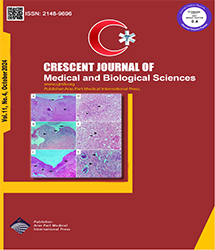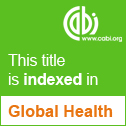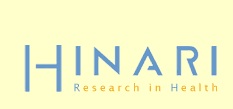| Original Article | |
| Comparing Corifollitropin Alfa to Recombinant Follicle-STIMULATING Hormone in Poor Responder Patients Undergoing Intracytoplasmic Injection: A Randomized Clinical Trial | |
| Nasrin Saharkhiz1, Saghar Salehpour1, Sedigheh Hosseini1, Nazanin Hajizadeh2 | |
| 1Department of Obstetrics and Gynecology, School of Medicine, Shahid Beheshti University of Medical Sciences, Tehran, Iran 2Preventative Gynecology Research Center, Shahid Beheshti University of Medical Sciences, Tehran, Iran |
|
|
CJMB 2024; 11: 176-182 DOI: 10.34172/cjmb.2024.3020 Viewed : 952 times Downloaded : 776 times. Keywords : Corifollitropin alfa, Recombinant FSH, GnRH antagonist, Assisted reproductive technology |
|
| Full Text(PDF) | Related Articles | |
| Abstract | |
Objectives: The high prevalence of poor ovarian response in women undergoing ovarian stimulation is a main therapeutic challenge that affects pregnancy outcomes in such patients. The current clinical trial aimed to compare the pregnancy outcome of corifollitropin alfa (CFA) versus recombinant follicle-stimulating hormone (rFSH) used in the gonadotropin-realizing hormone (GnRH) antagonist protocol in poor ovarian response patients. Materials and Methods: We performed an open-label balanced block randomized clinical trial on 117 Iranian women with poor ovarian responses who were seeking treatment for infertility. Reporting followed the CONSORT 2010 guidelines for parallel group randomized trials. Patients were randomly assigned to the CFA group (a single injection of 150 μg CFA) or the rFSH group (300 IU rFSH on a daily basis). To avoid premature luteinizing hormone (LH) surges, treatment continued with a daily subcutaneous injection of 0.25 ganirelix, starting from day 6 of stimulation up to the hCG administration day. The primary investigated outcomes were the number of obtained oocytes and the number of metaphase II oocytes. Implantation rate, chemical pregnancy, and clinical pregnancy were the secondary outcomes examined, and study participants were followed up to ascertain the interested outcome. Results: The average number of mature follicles in CFA was 5.0±2.1, which was significantly higher than the rFSH group (4.2±1.7) (P = 0.021). The average number of puncture follicles and the number of embryos were significantly higher in the CFA group than in the rFSH group (P < 0.05). Chemical pregnancy was observed in 32.2% and 30.5% of patients in the CFA and recombinant-FSH groups, respectively, and the observed difference was not statistically significant (P = 0.748). We observed no statistically significant difference despite a relatively higher clinical pregnancy in the CFA group (P = 0.398). Conclusions: A single injection of CFA and a daily injection of rFSH could improve pregnancy outcomes in women with poor ovarian responses who underwent IVF. These two alternative treatments could be used interchangeably, and we highlighted no superiority between CFA and rFSH. Trial Registration: Identifier: IRCT20221016056198N1; Iranian Registry of Clinical Trials (https://irct.behdasht.gov.ir/). |
Cite By, Google Scholar
Google Scholar
PubMed
Online Submission System
 CJMB ENDNOTE ® Style
CJMB ENDNOTE ® Style
 Tutorials
Tutorials
 Publication Charge
Women's Reproductive Health Research Center
About Journal
Publication Charge
Women's Reproductive Health Research Center
About Journal
Aras Part Medical International Press Editor-in-Chief
Arash Khaki
Deputy Editor
Zafer Akan





























